Siege of Osaka and the Last of the Toyotomi
Of all of the events in Osaka’s long history, the Siege of Osaka not only had lasting ramifications for Osaka, but Japan. In the wake of the power vacuum created by the death of Toyotomi Hideyoshi the eager daimyo Tokugawa Ieyasu sought to seize control of the nation. In this, the final act between the Tokugawa and Toyotomi clans, who could know Japan would change forever?
Prelude to the Siege of Osaka
The Death of Hideyoshi
For most of his life, Toyotomi Hideyoshi, the man who unified Japan, didn’t have an heir. Then at long last, at the age of 57 his first son, Hideyori, was born.
Because Hideyori was too young, the Council of Five Elders (Go-Tairo) and Five Commissioners (Go-Bugyo) became his regents. While the Council of Five Elders consisted of five of feudal Japan’s best military minds, however, the Five Commissioners focused on the administrative workings of government. In short, these groups did not get along with each other right from the start. Particularly, Ishida Mistunari of Five Commissioners and Tokugawa Ieyasu of the Council of Five Elders despised each other.
The Battle of Sekigahara
Eventually, this hatred led to the bloody Battle of Sekigahara: the Eastern Army of Tokugawa Ieyasu vs the Western Army Ishida Mitsunari. This extremely violent campaign resulted in a victorious Tokugawa. As for Ishida, Ieyasus quickly beheaded him in Kyoto. Most of the warlords who joined the Western Army were either killed or exiled, resulting in Tokugawa Ieyasu acquiring more power and control than ever.

Soon after the war, Ieyasu began his government in Edo. Despite this very clear power move, Hideoyori naively thought Ieyasu would relinquish control of the government when Hideoyori became of age. But in 1605, Ieyasu appointed his son, Hideatada, as shogun. Now there was no denying that Ieyasu intended for the Tokugawa clan, not the Toyotomi, would continue as the ruler of Japan.
In 1614, Ieyasu met Toyotomi Hideyori in Nijo Castle. Allegedly, the very moment saw the tall young man Hideyori had become. Tokugawa decided to defeat him at all costs.
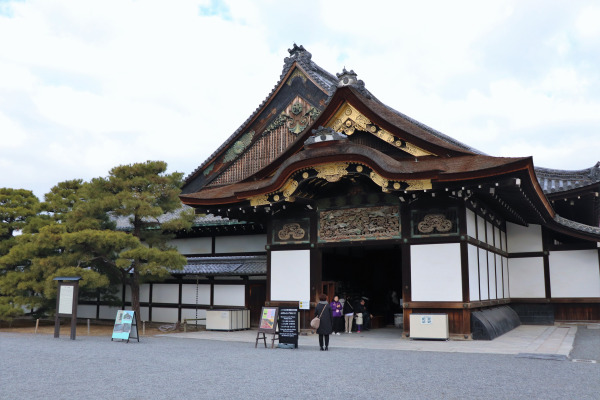
The Hoko-ji Incident
Even though Ieyasu wanted to declare war against Hideyori, he had no excuse to do so. Around this time that Ieyasu was itching for a reason to start trouble with Hideyori, an opportunity presented itself.
Hideyori sponsored the renovation of Hoko-ji Temple, in Kyoto. The temple’s iconic bell also needed renovations. Upon the bell, Hideyori left an inscription saying:
“May lords and servants be rich and happy (君臣豊楽)” and “May the country be peaceful (国家安康)”.
While most people viewed the inscription as inconspicuous, when Ieyasu saw it he became furious. He insisted that Hideyori wanted to (豊臣) become shogun (君). Ieyasu also said that Hideyori was trying to curse (家康) by separating his name. This trivial and rather silly fight was enough to stir tension between these two prominent figures.
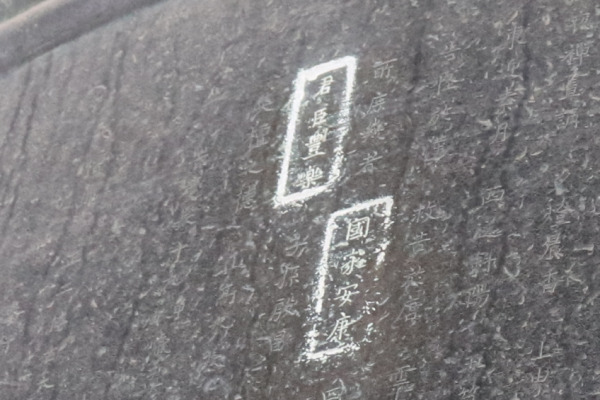
While Ieyasu has as many as 200,000 soldiers at his disposal, few warlords came to Hideyori’s call for arms, as Tokugawa’s influence was already strong. Still, Hideyori managed to gather an army of as 100,000 soldiers mainly consisting of ronin and exiled lords from the Battle of Sekigahara. Though perhaps the greatest ally he was able to obtain was the infamous commander, Sanada Yukimura.
The Siege of Osaka
The Winter Campaign
The first attempt by Tokugawa to attack Osaka Castle was called Winter Campaign because simply it took place in winter. The late Hideyoshi was a brilliant strategist and his castle was proof. At the time it seemed impenetrable. Surrounded by huge rivers such as the Yodogawa River and the Yamatogawa River but also located on the top of the Uemachi Plateau, one did not simply go in through the front door.
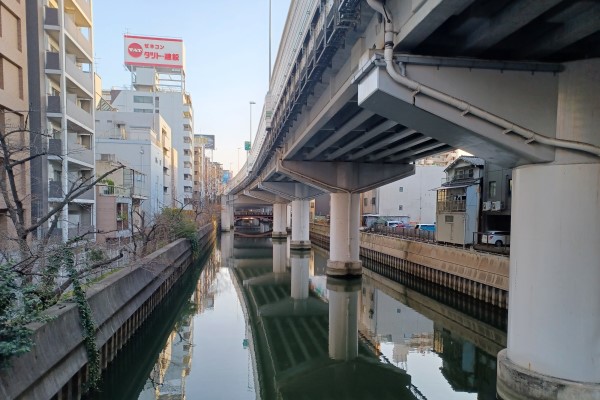
The castle’s only Achilles’ heel was an empty moat on the southward side. So, in order to protect it, Sanada Yukimura built Sanada-maru, to serve as barbican. Tokugawa did indeed launch his attack on the castle from the south, but not no avail. Sanada was obviously so strong that he defeated some of Tokugawa’s best generals, namely Maeda Toshitsune and Ii Naotaka.
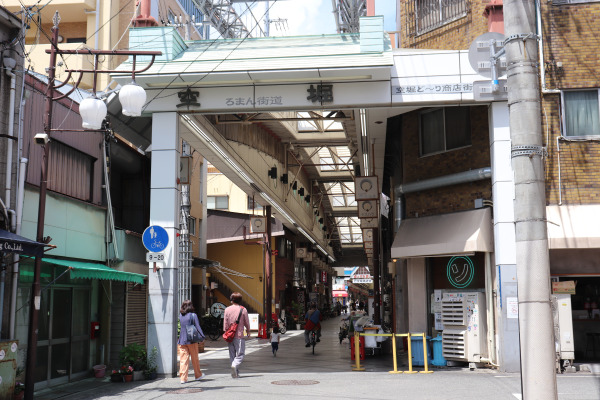
Realizing Osaka Castle would not be easy to sack, Ieyasu decided to launch an all-out assault. He ordered his gunners to bombard with everything. The culverins aimed right for private apartments where Hideyori’s mother, Yodo-dono, lived. Terrified by the violence of war, Yodo-dono likely begged her son to accept the peace treaty Ieyasu was offering.
Though he had the upper hand and very likely could have won, Hideyori’s naivety once again got the better of him. He accepted Ieyasu’s treaty, much to Sanada’s insistence to fight on. Sanada did not trust Ieyasu and rightfully so, insisting that Ieyasu had a way of twisting things to his benefit. But Hideyori did not listen and agreed to sign a treaty ending the first half of the Siege of Osaka.
Summer Campaign
Originally the treaty stipulated that Tokugawa would spare the lives of Hideyori, his clan, and his armies. Instead, Hieyori made the oath that he would not rebel again and Ieyasu could fill in the outer moat of Osaka Castle. Shortly after Tokugawa indeed started to fill the moat— but they started to fill not only the outer moat but the inner moat as well.
Because Hideyori had never agreed to fill the inner moat, he hired Ronin to restore the moat. Tokugawa Ieyasu accused Toyotomi Hideyori of trying to gather forces to prepare for another war and told him to leave Osaka for Ise or Yamato. Of course, Hideyori refused and the Summer Campaign of the Siege of Osaka began.
Without its moats, Osaka Castle was for the first time, vulnerable. Now impossible to serve and the stronghold to relentless attacks Hideyori had to deploy his generals to do battle elsewhere. Sadly, with each battle, Hideyori’s forces continued to suffer. In the Battle of Domyoji, Goto Matabee died, and in the Battle of Yao and Wakae, Kimura Shigenari died. In the Battle of Kashii, Toyotomi’s army lost.
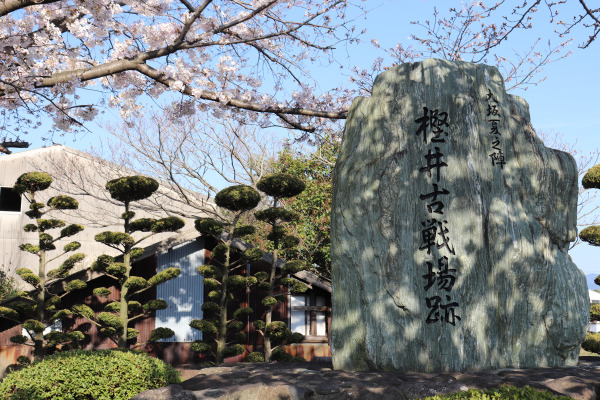
The last battle took place near Tennno-ji. In this battle, Hideyoshi, at last, seemed to have the advantage. Hideyori employed a hammer and anvil operation with Sanada Yukimura leading a frontal attack on Ieyasu’s encampment. Sanada almost killed Ieyasu but Ieyasu managed to escape.
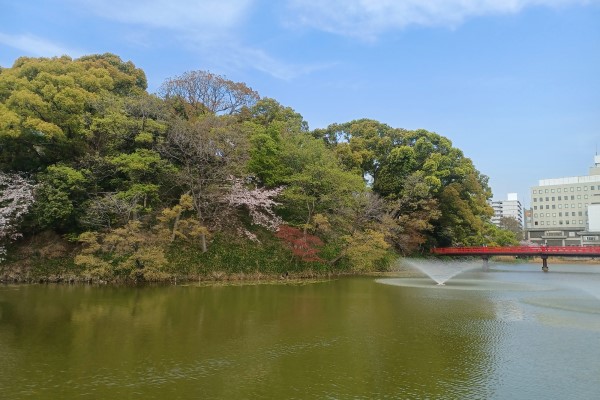
Worn down from months of fighting Sanada Yukimura, tried to take a break in a nearby shrine. Sadly there, enemy forces caught and killed him. Hideyori had lost his best and most reliable ally. The siege of Osaka had come to an end.
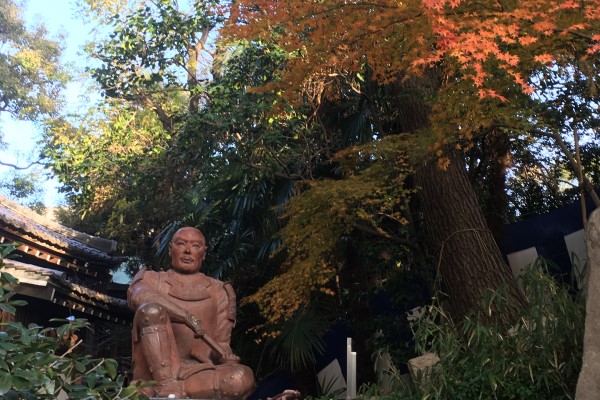
The End of the Siege of Osaka: Fall of Osaka Castle
Having lost many lords, Hideyori and his mother Yodo-dono realized their defeat and plead for their lives. However, Tokugawa rejected any pleas for mercy. On May 8th, 1615, Toyotomi Hideyori and Yodo-dono committed seppuku as their precious impenetrable home Osaka Castle, burned around them. So ended the legacy of the Toyotomi clan.
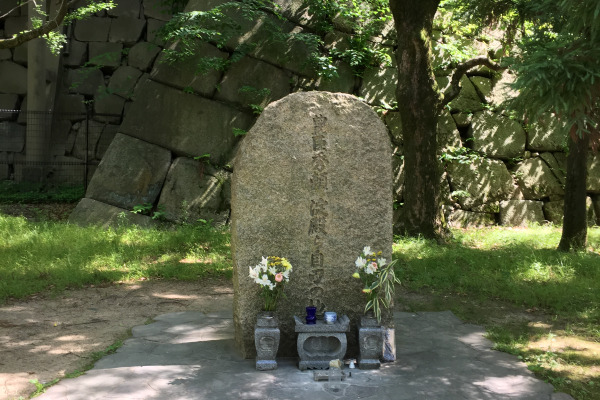
With the Siege of Osaka complete, Ieyasu turned completed creating his capital in Edo. As soon as he completed this task, Tokugawa buried the remains of Osaka Castle and built a new keep on top.
However, shortly after it was built, Ieyasu’s keep was struck by lightning. Thereafter, Osaka Castle remained without a keep for most of the Edo Period. It was only in the 20th century that the citizens of Osaka revived Osaka Castle. But they modeled this new castle after Toyotomi Hideyoshi’s castle, not Tokugawa.
Even though Tokugawa took over Osaka and Osaka did prosper in the Edo period thanks to the Edo government, for people in Osaka, the Toyotomi clan is always in Osaka.


Leave a Reply